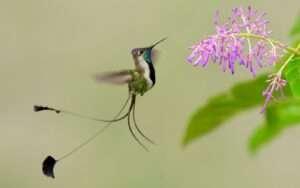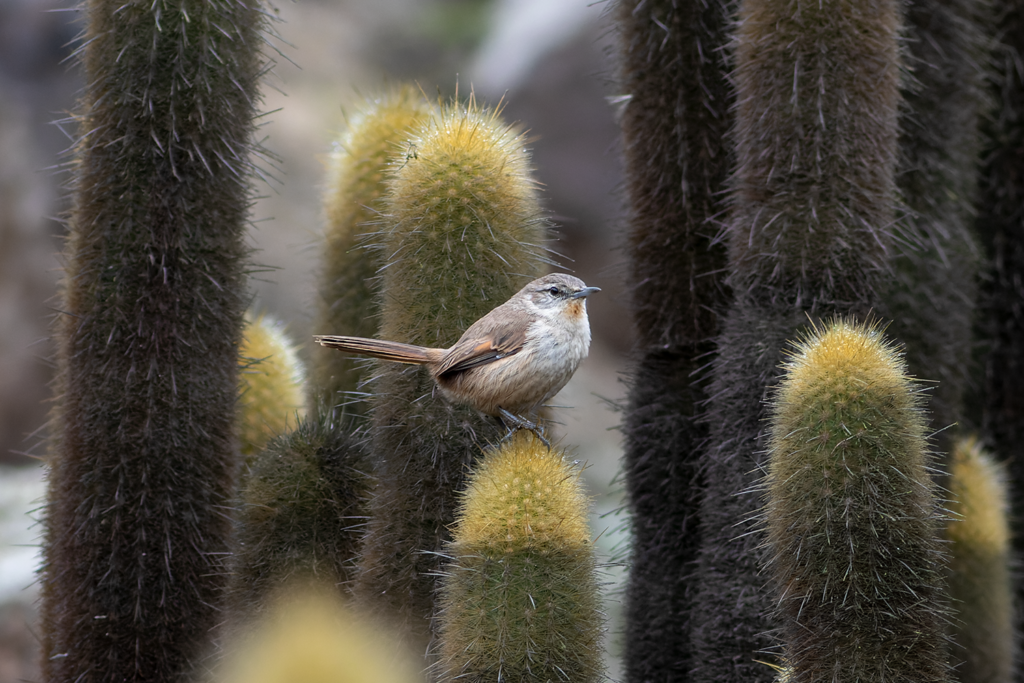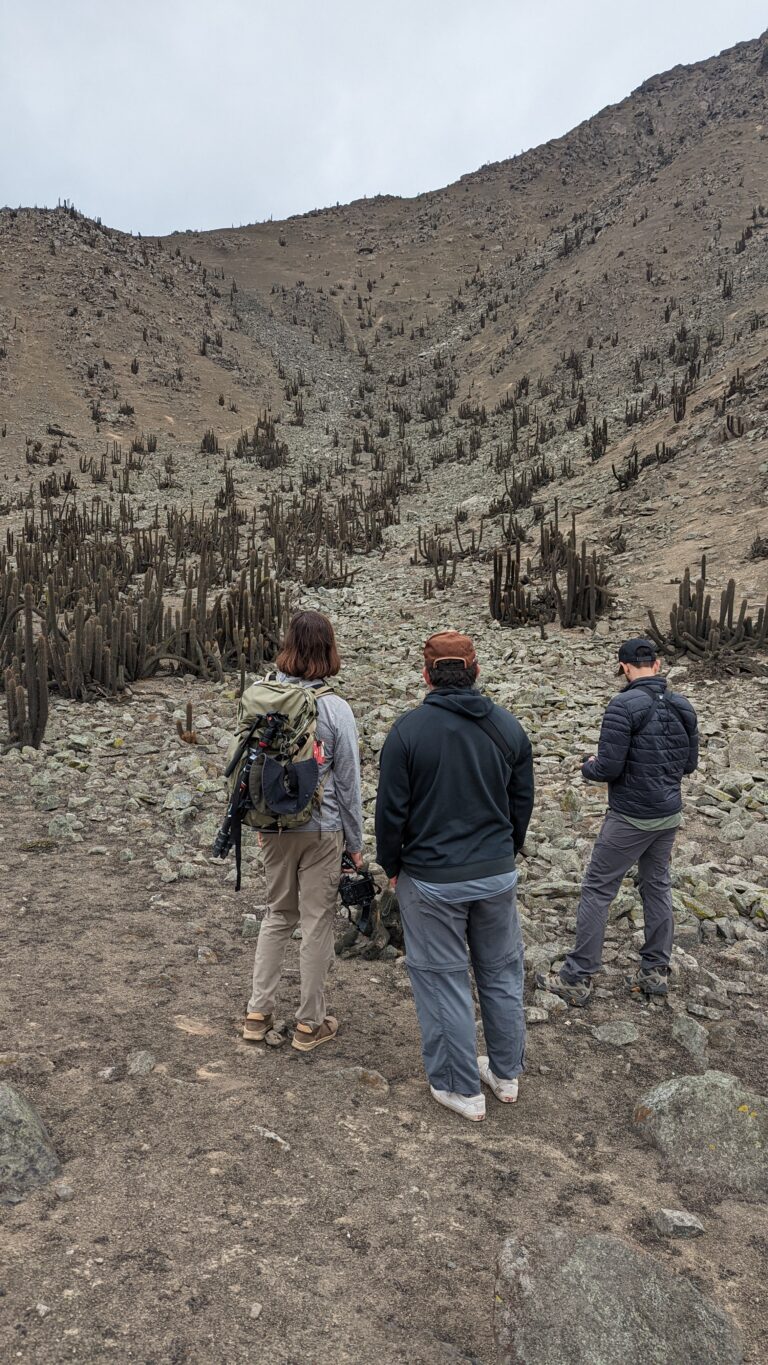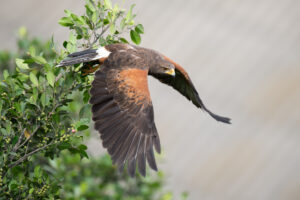
- +51 946 859 289
- wildandestours@gmail.com
- Av San Martin 617, Lima, Peru

The Lomas Ecosystem of Peru is an area of great ecological importance. It is characterized by its unique ability to blossom in arid and semi-arid regions, and is home to a number of endemic species of plants and animals that are found nowhere else in the world. These Lomas are also an important source of ecosystem services, such as soil conservation and water regulation, and have historically played a crucial role in supporting local communities. The thick fog that rolls in from the Pacific Ocean is essential for the survival of the flora and fauna that call these ecosystems home, and helps to maintain the delicate balance of this unique ecosystem.
The cacti flora of the Lomas Ecosystem of Peru is diverse and fascinating, with a number of endemic species that are found nowhere else in the world. One such endemic genus is the Haageocereus, which is a group of columnar cacti that are well adapted to the arid conditions of the Lomas. The Haageocereus genus is composed of eight recognized species, all of which are endemic to Peru. These cacti are characterized by their tall, columnar stems and their ability to survive in the harsh desert conditions of the Lomas. They play an important role in the ecosystem by providing a source of food and shelter for a wide range of species, and by helping to prevent soil erosion. The Haageocereus genus is an important component of the cacti flora of the Lomas Ecosystem, and highlights the unique and fascinating biodiversity that can be found in this remarkable ecosystem.
The Cactus Canastero (Pseudasthenes cactorum) is a small, brown bird that is endemic to the Lomas Ecosystem of Peru. It is named for its habit of building its nest inside the spiny arms of the cactus plants that are so abundant in this ecosystem. The Cactus Canastero plays a crucial role in the ecosystem by controlling insect populations and dispersing seeds, and its survival is intimately tied to that of the Lomas Ecosystems. Unfortunately, the Cactus Canastero has a limited distribution and is considered a vulnerable species due to habitat loss and fragmentation. Efforts to protect the Lomas Ecosystems and preserve the biodiversity of this unique ecosystem are therefore crucial for the survival of the Cactus Canastero and other endemic species that call this ecosystem home.
The Cactus Canastero shares this amazing Cactus ecosystem with a plethora of unique species. These plants function either as food for animals such as the unique Vizcacha -a sort of Andean rabbit-, or as refuge for different reptiles and small mammals. All these species in turn, attract bigger predators such as Barn Owls, Burrowing Owls, Black-chested Buzzard Eagles, Sechuran Foxes and even the mythical Pampas Cat.
Lomas de LachayThe Cactus Canastero is easily seen during our Lomas de Lachay Birding Tour. Check it out to learn more about what this amazing and unique National Reserve has to offer. We usually spend a couple of hours exploring the Cactae ecosystem described in this blog post, which is easily accesible with our 4×4 vehicle. If you wish to explore it fully, let us know and we can arrange a night walk, searching for snakes, lizards, and Pampas Cats!

Welcome to Wild Andes! We offer unforgettable birdwatching and photography experiences for nature enthusiasts. Explore our popular destinations, upcoming tours, and travel alongside expert guides. Let us show you the incredible flora and fauna of Peru!
If you have any questions, or need to request additional details, please do not hesitate to contact us


Subscribe to our newsletter and stay up-to-date with the latest news, offers, and tips.